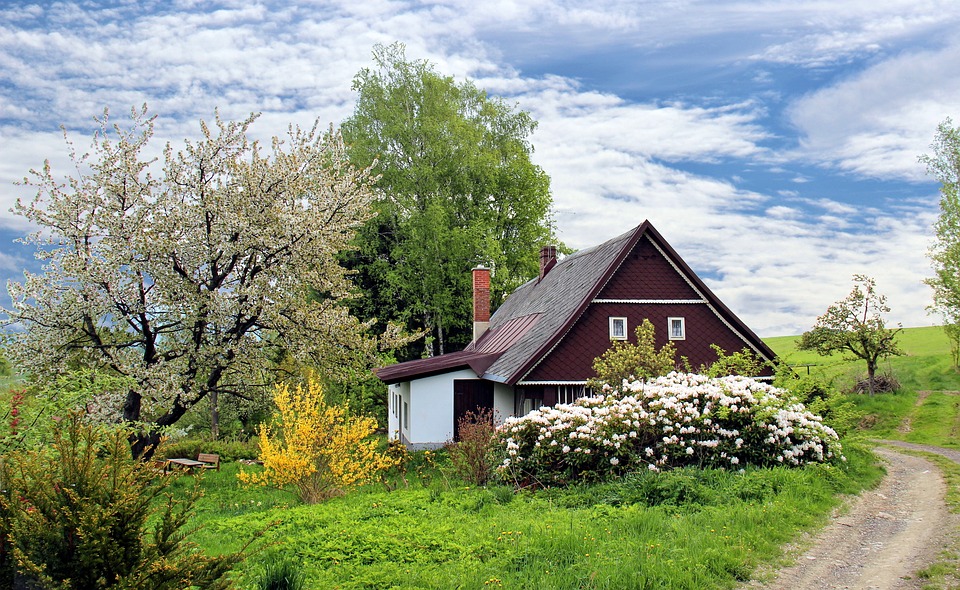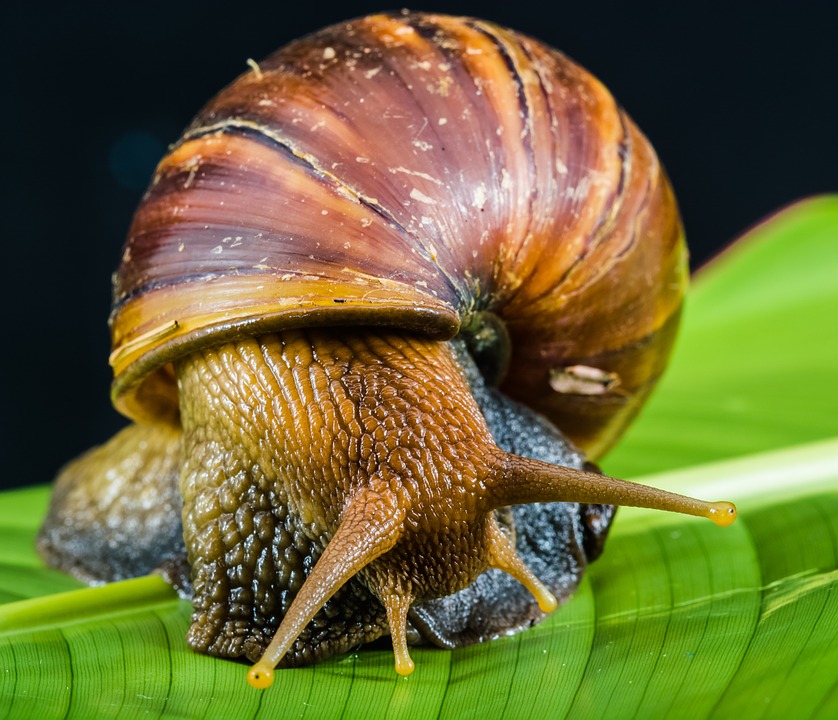Who does not like a nice fresh chili to spice up a delightful dish? While sometimes, we run out of time to go to the market to buy it and end up not using it, what if there was another solution; having it on hands, in your own garden. Sounds interesting isn’t it? And if you don’t know how to proceed, you’ve reached the perfect place. In the first part of our article, we’ve told you all about germination and the baby steps of growing this fabulous plant, today, we will continue our post while uncovering more about transplantation and how to care for the chili plant. Enjoy!
How to Transplant Pepper Plants?
Chilli plants usually have leaves in groups of 2. The first set is the seed leaves, then the true leaves will emerge. By the time the second pair of leaves emerge, the plants are ready to be transplanted into a larger pot to give them more space. Pots are inexpensive and can be found at any nursery.
The size of the pot you choose doesn’t matter, but it should be at least larger than the sprout. Then you can transplant whenever the roots reach the bottom and you can see them through the openings of the pot (there is a time when you can choose not to continue transplanting because you already have a large enough pot and in this case, the plant will stop growing). grow much more, but it will continue its production of chilies.
The size of the final pot is your own choice, there are people who do not want pots larger than 13 liters and there are others who want to grow a huge plant in a 30-liter pot (almost all chilies have a maximum height. Anyway, they will not grow much more than that; however, they will grow more on the sides, so it is possible to have more robust chilies in a pot with more volume).Some types of chilies do not grow taller than 12-40 inches, and can be perfectly grown in smaller pots.
Nutrients for Chili Plants
Another hotly debated topic in the world of growing chili peppers is nutrients. Most feeds are a mixture of NPK (nitrogen, phosphorus and potassium).
There are pros and cons to using nutrients, we generally don’t recommend use extra nutrients and so far all the chili varieties we know can grow very well (except for a few lost seedlings, which is also not resolved. with nutrients). There are some basic rules of thumb regarding nutrients:
– Too much nitrogen will cause your plants to have lots of foliage, but the peppers won’t grow.
– Too little nitrogen will cause your plants to turn yellow with wrinkled leaves.
However, as mentioned earlier, you don’t need the extra power if you don’t want to add it. The optimal balance of light and water is all a plant really needs.
If you have at least some good soil, you can provide all the plant’s needs. You can also create your own compost to have good soil.
How Do Chilli Plants Bloom?
All chili plants produce flowers, from which the chilies then emerge. The chili plant is self-pollinating, which means that it bears fruit itself without any other chili plants nearby. The plants start to flower after 30-60 days usually and the flowers can be white (most common), purple, black, green and yellow (depending on the variety).
You can also participate in the pollination process, by rubbing your finger on one flower and repeating this process on the other flowers to move pollen from one flower to the next to start the chemical reaction needed to make chili. You must do this carefully, as the flower branches tend to fall off easily when they first bloom.
Here you go! You now know everything to grow chilies in your own garden. If you haven’t check the first part yet, don’t forget to do it here.


